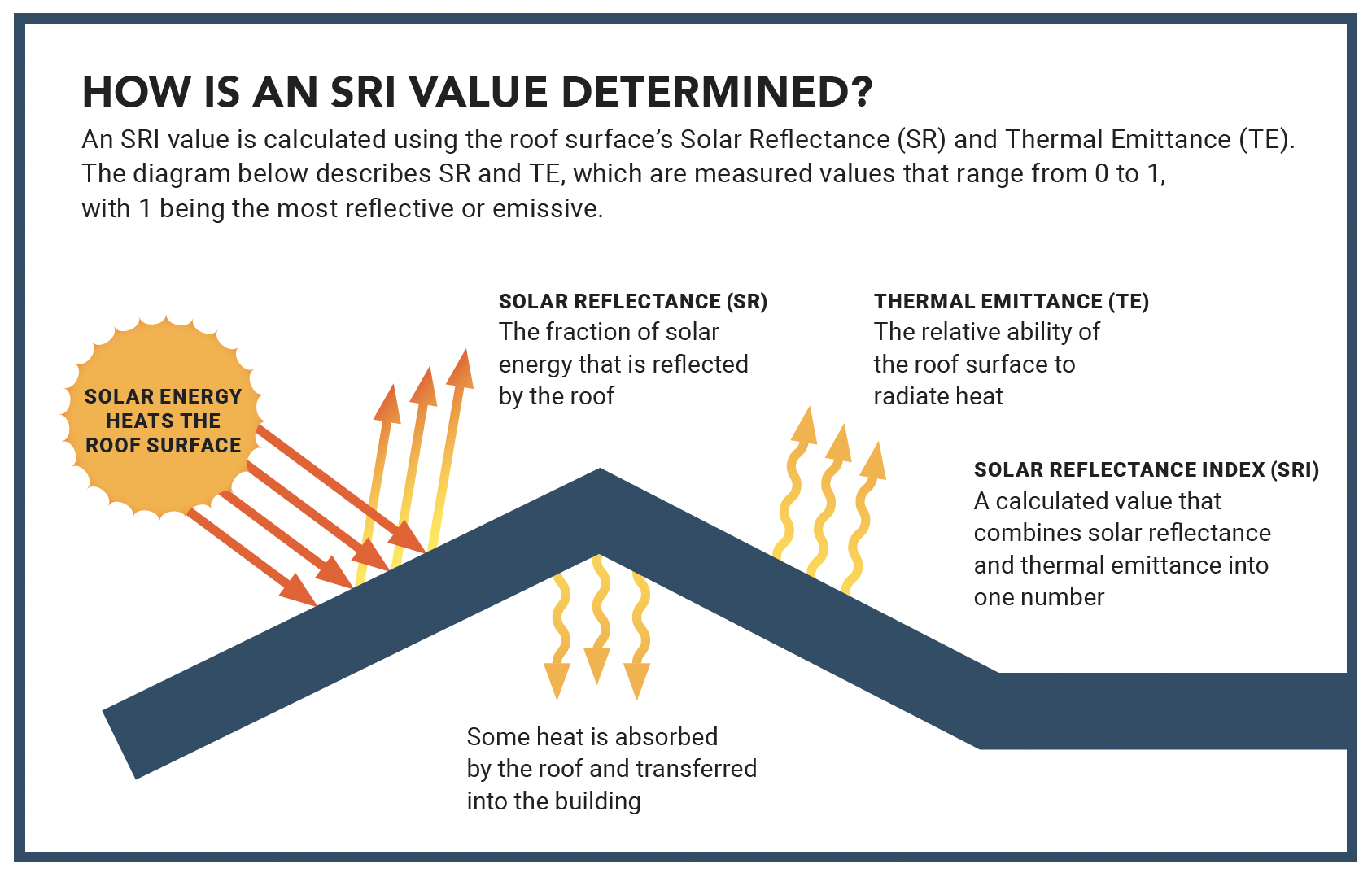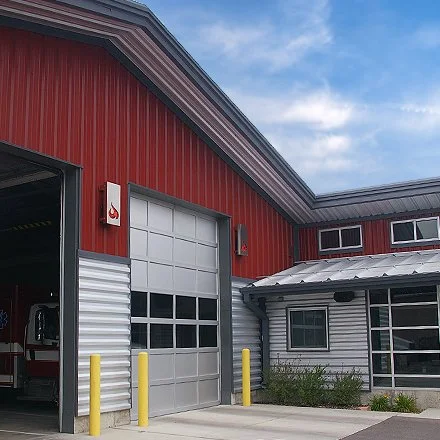Does Roof Color Matter?
You are getting ready to build and fall in love with the look of a charcoal or black roof. The next question that you ask yourself is “does roof color really make a difference in how comfortable my building will be?”.
Whether or not roof color will have a signficant impact on your energy bills depends on your climate and roof slope/orientation.
Climate
Throughout the year, do you spend more time cooling or heating your home? Cool and mild northern climates can use darker colored roofs without significantly impacting energy performance. Warmer southern climates, where the A/C runs 6+ months of the year, can benefit from cooler roofs.
Roof Slope and Orientation
Roof pitch changes the angle and duration of sun exposure, which directly affects how much the roof's color and reflectivity influence energy performance.
Low-Pitch Roofs (≤ 2:12 slope)
Maximum exposure to overhead sunlight during peak heat hours
Color and reflectivity have the strongest impact
Moderate & Steep-Pitch Roofs (≥ 3:12 slope)
Sun hits the surface at an angle, reducing the intensity of direct radiation
Dark-colored roofs perform slightly better on steep slopes because they absorb less heat
Roof Orientation
South-facing roofs receive the most sunlight — roof color matters more here
North, East, and West-facing roofs receive less direct sunlight — less impact from color or reflectance
Engineering Breakdown for Warm Climates
Roof Color and Solar Reflectance
Solar Reflectance
Definition: The ratio of solar energy reflected by the roof surface to the total incoming solar energy
Scale: Ranges from 0 (absorbs all sunlight) to 1 (reflects all sunlight)
Higher values = cooler roofs, reduced summer utility bills
Thermal Emittance
Definition: The ability of a material to release absorbed heat
Often paired with reflectance to determine Solar Reflectance Index (SRI)
Impacts on Building Performance
Cooling Load and HVAC Sizing
Dark-colored roofs (black, burgundy, etc.): SRI ~0-30 → absorb up to 90% of solar energy
Cool roofs (tan, green, gray): SRI ~30-70
Light-colored roofs (white): SRI ~70-90 → reflect 60-90% of solar radiation
Practical Impact:
In hot climates, high-reflectance roofs can reduce peak cooling demand by 10–15%
High surface temperatures can accelerate roof aging, reducing roof life by 5–10 years due to higher thermal stresses
Design Tips
| Roof Pitch | Impact of Reflective Roofing | Practical Advice |
|---|---|---|
| Low Slope (≤2:12) | High – Reflectivity has major impact | Use high-SRI roof (SRI 78+) |
| Medium slope (3:12–6:12) | Moderate – Reflective roofing helps, less than flat roofs | Use cool-colored roof (SRI 29+) |
| Steep slope (>7:12) | Low to Moderate – Reduced sun impact per surface area | Focus more on ventilation and insulation |
SRI of Common Metal Panel Colors
| Color | Solar Reflective Index (SRI) |
|---|---|
| Solar White | 86 |
| Bone White | 85 |
| Snow White | 78 |
| Almond | 77 |
| Polar White | 70 |
| Light Stone | 65 |
| Aztec Gold | 61 |
| Galvalume (Clear) | 56 |
| Brownstone | 55 |
| Regal Red | 55 |
| Saddle Tan | 53 |
| Ash Gray | 52 |
| Desert Tan | 47 |
| Crimson Red | 42 |
| Slate Gray | 40 |
| Charcoal | 39 |
| Rustic Red | 38 |
| Koko Brown | 37 |
| Evergreen | 37 |
| Colony Green | 37 |
| Medium Bronze | 36 |
| Burnished Slate | 35 |
| Classic Green | 33 |
| Colonial Red | 31 |
| Hawaiian Blue | 31 |
| Midnight Bronze | 29 |
| Black | 28 |
| Fern Green | 28 |
| Gallery Blue | 27 |
| Burgundy | 27 |
Tools & Resources
EnergyPlus / DOE-2 Simulations: Quantify building performance changes from cool roof adoption.
U.S. Department of Energy (DOE) – Cool Roofs Guide
Cool Roof Rating Council (CRRC) – Product Directory
ASHRAE 90.1-2022 – Energy Standard for Buildings (Appendix G, Roof SRI requirements)





